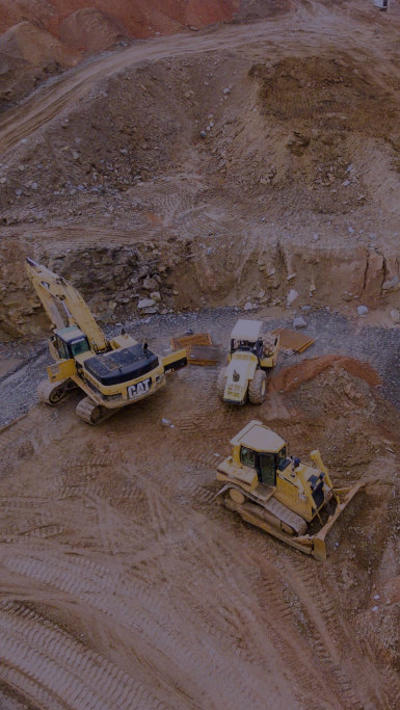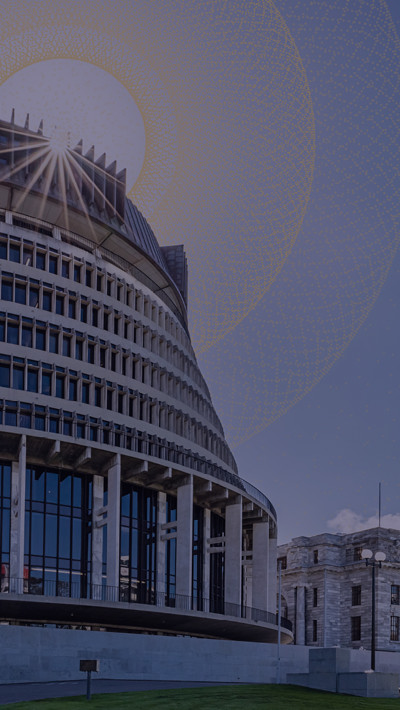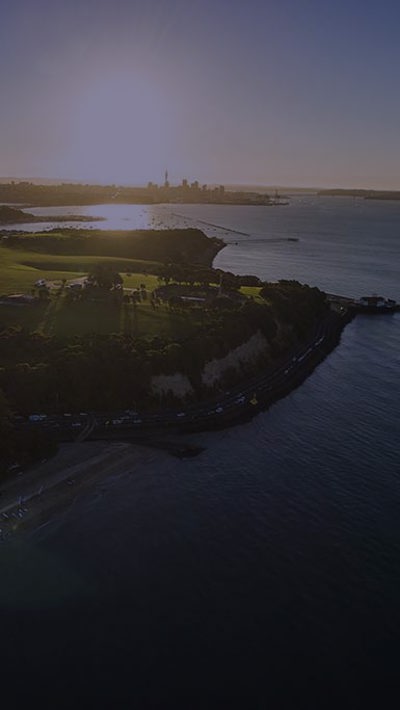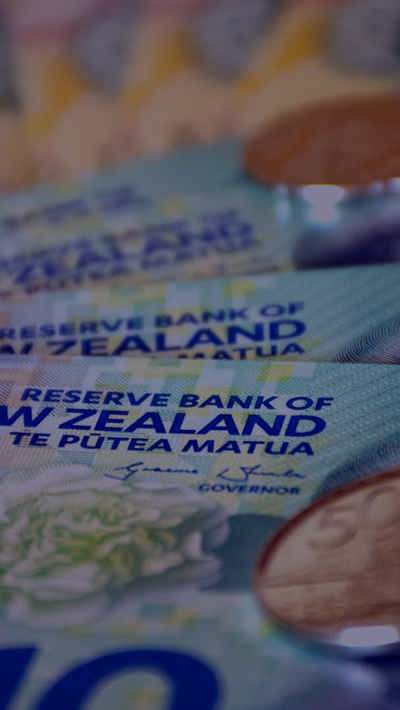Speak to our experts
Contents
Labour needs a circuit breaker to arrest its decline in the polls and allow it to regain control of the political narrative, and this was a job the budget might have done but Finance Minister Grant Robertson was clearly more focused on restoring his credentials as a prudent fiscal manager after the Covid-19 splurge.
Yes, health will get a whopping $11.1b funding increase over the next four years, but this is arguably an investment for the longer-term. And, yes, there is some assistance to help middle and low income households cope with the inflation spike, but it is temporary and will probably disappoint.
And, while the budget night legislation to stop supermarkets from locking out new entrants by establishing restrictive covenants over choice sites may have some impact on grocery prices, it will take some time for that effect to filter through.
This broccoli and carrots approach will probably impress the ratings agencies, but it carries some political risk. Whether it will work for the Government at home is a different matter entirely.
Economic outlook
The economy, after remaining surprisingly resilient through the first two years of the COVID-19 pandemic is now wilting under the impact of the Omicron outbreak, continuing supply chain disruption, aggravated by the Russian invasion of the Ukraine, and – most recently – resurgent inflation, which Treasury describes as “the principal economic challenge in New Zealand and abroad”.
CPI inflation, at a 30 year high of 6.9% in the March 2022 quarter, is expected to finish the year at 6.7% and to remain above 5% through 2023 before tailing off to 3.6% in 2024.
Economic growth of just 1.7% is forecast for this year, followed by a rebound to 4.2% in 2023 before dropping back again to 0.7% and 1.6% over years 2024 and 2025.
The labour market will continue to be tight, with unemployment hovering between 3.1 % and 4.4% over the next three years. This tightness is expected to catalyse nominal wage growth, offsetting the decline in real wages that began in the September 2021 quarter.
Fiscal outlook
The budget is projected to return to surplus in 2024-2025, with net debt peaking at 19.9% of GDP in 2024 – low by comparison with Australia, the UK, the US and Canada.
The operating allowance in Budget 2022 was $5.9b (a shade under the $6b which had been allocated, following some reprioritisation of existing spending).
Robertson has increased the allowance for his 2023 election year budget to $4.5b (from $4b in the Budget Policy Statement) but a chunk of that increase will be absorbed by the inflation impact on the provision of government services.
Cost of living relief
These initiatives were referred to consistently by the media in the Minister’s lock-up press conference as a “sugar hit”. They are all relatively modest and time-limited, and include:
- the reductions to fuel excise duties and road user charges will be extended for a further two months ($235m), as will the half price public transport fares
- a temporary $27 a week cost of living payment to New Zealanders over 18 earning up to $70,000 a year and not already receiving the Winter Energy Payment to be paid in monthly instalments over three months, beginning 1 August ($814m), and
- a $73m extension to the Warmer Kiwi Homes programme.
Health the big winner
Pharmac will get an extra $191m over the next two years, taking it to $1.2b.
But the big numbers are in the ongoing funding for Health NZ to meet its establishment costs and those of the Māori Health Authority, cover the cost pressures of demographic growth and an ageing population, and to remove DHB debt so it starts with a clean slate.
Health NZ will receive new funding of $1.8b in Year One, and an additional $1.3b in Year Two. From 2024, health budgets will move to a three year cycle. In addition, $488m will be allocated to community and primary health care, with an additional $86m over four years so that GPs in high need areas can increase their opening hours.
Capital package
The Budget allocates $4.7b from the $9.8b multi-year capital allocation in last year’s budget, leaving $5.1b for future budgets. Expenditure items include:
- $1.3b for the health sector
- $777m for education, including the construction of 280 more classrooms
- $349m in rolling stock and the rail network, and
- funding to complete feasibility studies for a Northland dry dock and a new port in Manukau Harbour.
Other initiatives
- $40.7m over four years to support RNA research and development (vaccines)
- $100m this year for the Crown to become a minority shareholder alongside private banks in a new Business Growth Fund to support SMEs to access growth capital, and
- $110m for the Regional Strategic Partnership Fund.























































































































































































